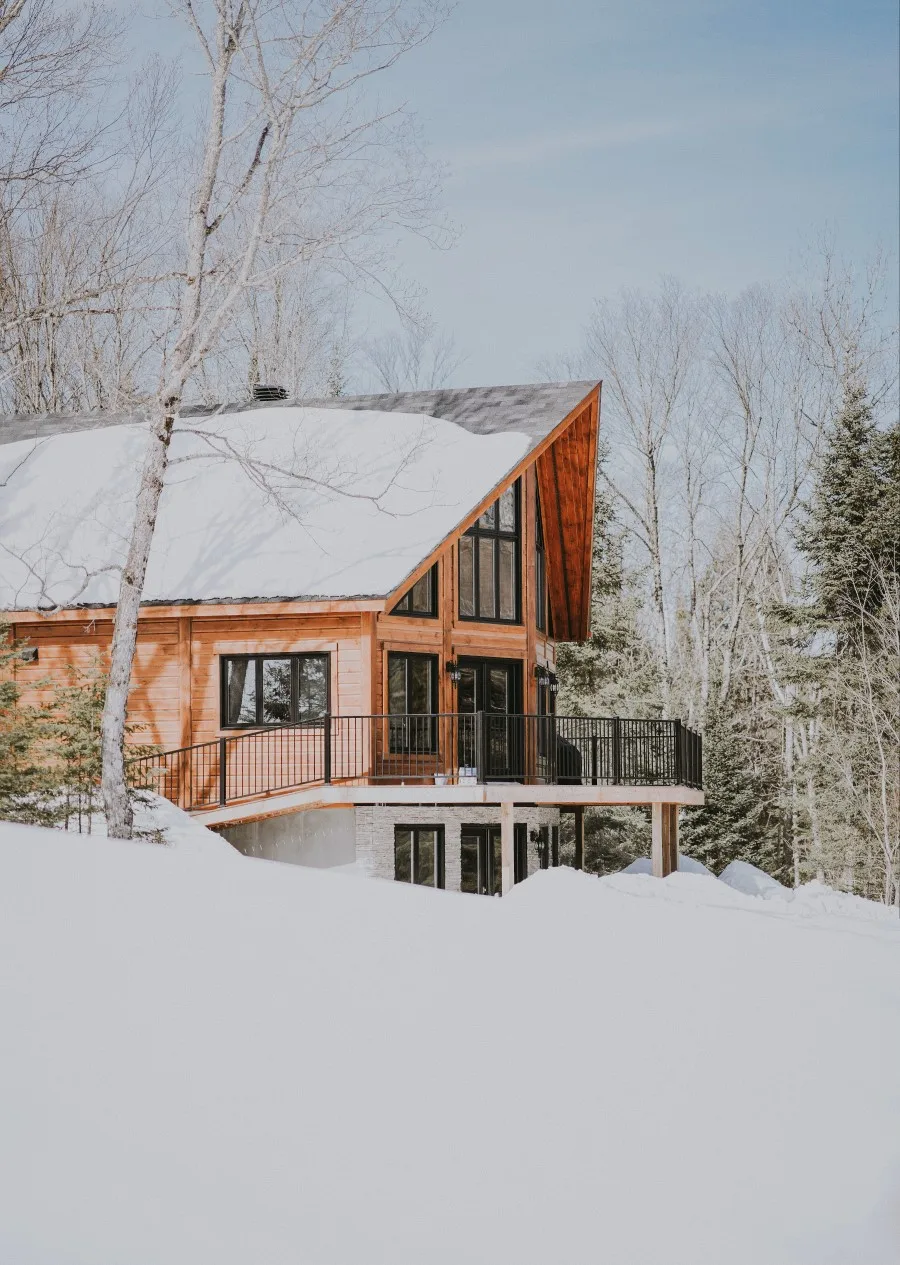5 minute read
Winterizing your home might not be fun, but it could save you from costly damages caused by burst pipes and ice dams – as well as lower heating costs! It also saves money.
Start by insulating your basement and clearing away any bird or squirrel nests, followed by having your chimney professionally inspected to avoid creosote build-up.

1. Replace Your Windows
Winterizing your home is an easy and cost-effective way to protect it against costly repair bills caused by subfreezing temperatures, like those we experience this fall and winter. From frozen roofs to burst pipes, harsh conditions can leave their mark. Winterizing can help your property from costly damages during this season!
Replace all window screens with glass storm windows, which create an insulating barrier between warm air in and cold air outside during a snowstorm. You could also think about upgrading the materials of your windows with something like Cut To Size Polycarbonate By Cut Plastic Sheeting for extra levels of weather-resistance. Double draft stoppers on doors or caulking around their edges are another great way to help lower energy costs and save on energy bills.
Verify the condition of both your chimney and heating equipment to make sure they’re safe for cold weather. A buildup of creosote in a chimney could spark a fire, while carbon monoxide leakage through vents may enter your home through vents; having them professionally inspected and cleaned by experts is one effective way of mitigating these risks.
Before freezing temperatures arrive, it’s also wise to clear out your gutters and downspouts in order to prevent water from pooling in them and creating a clog. Overhanging tree branches should also be trimmed back so they won’t fall on your house or electrical wiring and cause fire or property damage – these steps might not be fun, but they could save money in repair bills as well as prevent major disasters like frozen pipes or house fires from occurring.
2. Install Insulation
Winter weather can wreak havoc on homes, from burst pipes to ice dams that flood homes with water. While this damage may be expensive, you can mitigate its effects by taking some preventive steps now to prepare your home for the coming of winter.
Home insulation is one of the best ways to save energy costs and protect against cold air infiltration. Available types include fibreglass, cellulose and spray foam insulation materials, with spray foam being the most efficient. In addition to improving comfort levels in your home and strengthening its structure at once.
Other DIY winterization projects to consider include caulking and weatherstripping projects to seal cracks that allow warm air to escape while cold air enters. You should ensure all windows and doors, vents leading into unheated rooms like basement or garage are tightly sealed as well.
Once again, trim away any overhanging shrubs that could fall onto your roof or power lines when snow accumulates – this will save costly repairs after the first winter storm hits! If this task seems too challenging for you to tackle solo, professional help may be a better solution.
3. Clean Your Gutters
Avoid being stuck with a leaky roof this winter by making sure your gutters are clear before snow begins falling. Clogged gutters and downspouts can lead to ice dams that damage roofing material while seeping water into your home, creating leakage issues as well as adding weight that causes gutters to sag or fall off altogether.
Gutter obstructions may be difficult to spot, but you should keep an eye out for these indicators that it’s time for a cleaning:
To clean your gutters, set up a ladder at one end of one of the downspouts with someone below to offer safety. Next, use a shovel or garden trowel to scoop leaves and dirt into a drop cloth below your ladder using a shovel or trowel before using a garden hose to rinse away any lingering gunk and check for blockages before repeating this step again and again until all gunk has been cleared from gutters and downspouts; doing this early could prevent expensive repairs while saving energy costs as well.
4. Insulate Your Basement
An uninsulated basement can become extremely cold during the winter, leading to pipes to freeze and burst resulting in costly water damage. Insulating will prevent this issue while making the space more pleasant for you and your family to use throughout the year.
Insulating your basement not only saves money on energy costs, but it can also add value to your home should you ever decide to sell it later. In Richmond Hill there are various insulation solutions available such as fiberglass insulation or spray foam – both will keep the area warm during the winter and cool in summer months.
Professional insulation services offer the most effective means of insulating a basement. This will ensure that everything is done efficiently with no leaks or gaps, and that your space complies with fire codes.
Insulating your basement has another advantage – it can help decrease humidity levels in the house and curb mold and other unwanted pests from growing. A humidity meter is an invaluable way of monitoring these levels in your home.
In conclusion, as you prepare your home for the winter season, it’s essential tо heed expert advice оn how tо replace your windows, including tasks like insulating your basement, cleaning gutters, and ensuring proper window maintenance. By prioritizing these preparations and seeking professional guidance, you can fortify your home against harsh weather conditions, enhance energy efficiency, and ensure a safer and more comfortable living environment throughout the colder months. Additionally, investing іn high-quality replacement windows іn Richmond Hill can further improve insulation and contribute tо long-term energy savings.




